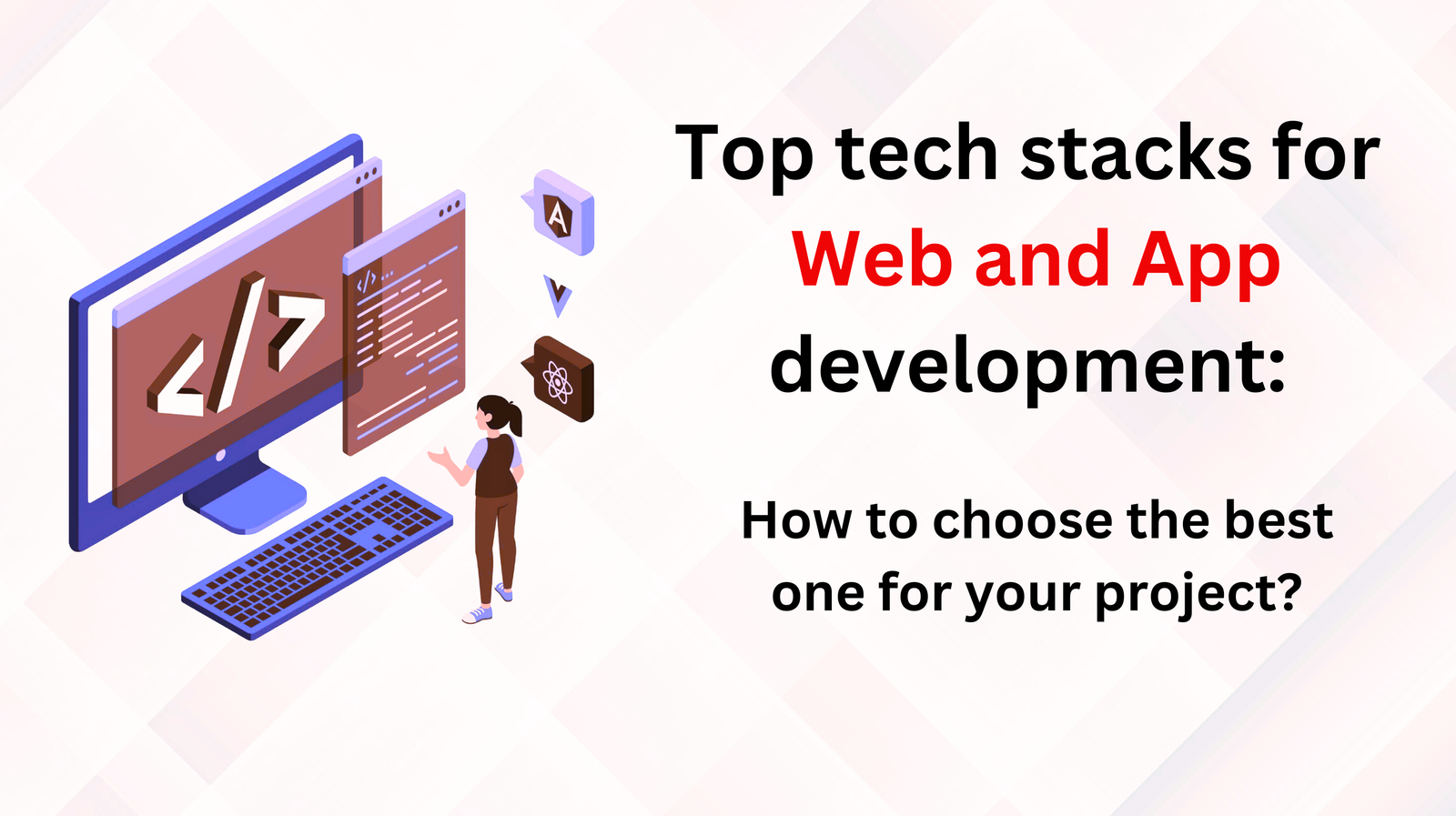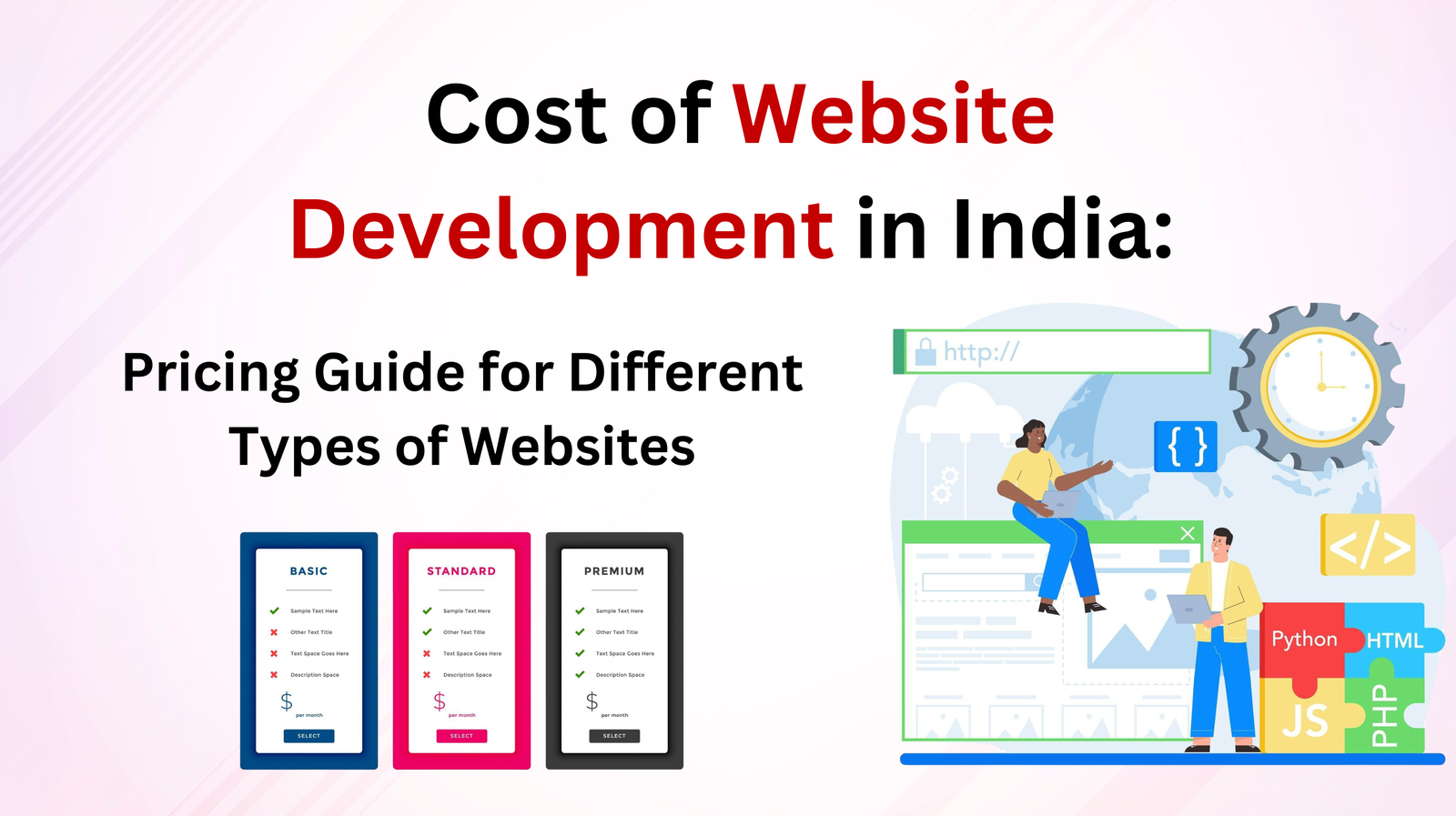In the fast paced digital world choosing the right tech stack for your web development or mobile app development project is pivotal. It can be a strong factor in determining success or failure. A well thought and decided tech stack leads to smooth development, scalability, and a strong user experience, while the wrong choice can result in inefficient processes, high costs, and maintenance difficulties. In this extensive guide, we will walk you through the top tech stacks for web development and app development in 2024 and upcoming year 2025, frontend and backend technology stacks, and how to decide on the best tech stack for your project. We’ll also explore popular tech stacks and their implications for your business.
Table of contents:
- Introduction to tech stacks
- Why choosing the right tech stack matters
- Popular tech stacks in 2024
- Front end technology stacks
- Backend technology stacks
- Best tech stacks for web development
- MEAN Stack
- MERN Stack
- LAMP Stack
- JAMstack
- Best tech stacks for mobile app development
- Native vs. Cross Platform development
- React Native, Flutter, Swift, Kotlin
- Factors influencing tech stack selection
- Project size and complexity
- Scalability and maintenance
- Developer availability
- Time to market and budget constraints
- Tech stack for startups: What to consider
- Tech stack comparison: Evaluating your options
- Future trends in tech stacks for web and app development
- How to choose a tech stack for web development for your project?
- Why Excite Template is your go to partner for tech stack selection
1. Introduction to tech stacks
A tech stack refers to the combination of programming languages, frameworks, libraries, and tools that developers use to build software applications. If you are creating and developing a web application, mobile app, or even a simple website, your tech stack determines how your project is developed and how it performs.
A tech stack typically comprises three layers:
- Front end (Client Side): This is what users see and interact with.
- Backend (Server Side): This handles the business logic, databases, and application logic.
- Database: The storage layer for your application’s data.
Each layer of the stack is important for the overall functionality and performance of your application. A solid tech stack can make your application fast, secure, scalable, and future proof.
2. Why does choosing the right tech stack matters?
Selecting the right tech stack is a critical decision for various reasons. It does not only affects the development process but also the long term success of the project. Here’s why it matters:
- Performance: The right stack ensures that your website and app run smoothly, with fast load times and minimal downtime.
- Development Speed: Certain stacks are easier to work with, enabling developers to work faster and bring products to market quickly.
- Scalability: A good tech stack will allow your website and app to grow with your user base without running into bottlenecks.
- Maintenance: Some stacks are more maintainable than others, allowing for smoother updates, bug fixes, and feature additions.
- Cost Efficiency: Using open source technologies can reduce costs, while some licensed stacks might offer better long term performance.
With so many technologies available, it’s important to evaluate the specific needs of your project before settling on a stack.
3. Popular tech stacks in 2025
As we are heading towards 2025, the world of web and app development continues to evolve, and so do the popular tech stacks. Here are the most commonly used front end and backend technology stacks that are expected to dominate the market.
Front End Technology Stacks:
The front end stack is essential for creating user friendly, interactive applications. Here are the most widely used technologies in 2024 and will continue to be used in 2025:
- React.js: React is still one of the most popular choices for front end development. Developed by Facebook, it allows for building user interfaces with reusable components and is perfect for single page applications.
- Vue.js: Vue has gained popularity due to its simplicity and ease of integration. It’s lightweight and can be easily integrated into other projects.
- Angular: Angular is a full fledged front end framework backed by Google. It is ideal for creating large scale corporate applications with complicated needs.
- Svelte: Svelte provides a unique approach to UI creation, transferring much of the work to the build process, decreasing the need for a virtual DOM and increasing efficiency.
Real World Data: According to a 2024 survey by Stack Overflow, 41% of developers report using React.js for their front end needs, while Vue.js is the fastest growing front end framework in terms of adoption.
Backend Technology Stacks:
The backend stack handles server side functionality, database interactions, and general security. Here are some leading backend technologies:
- Node.js: Node.js allows JavaScript to be used for backend development, making it possible to use the same language on both the front and back ends. It’s particularly well suited for real time, scalable applications like chat applications or online gaming.
- Django: Written in Python, Django is known for its emphasis on simplicity and clean code. It’s an excellent choice for developers looking to build scalable and secure applications quickly.
- Ruby on Rails: Ruby on Rails has been a favorite for web developers for years because it allows for rapid development and emphasizes convention over configuration.
- ASP.NET: Developed by Microsoft, ASP.NET is ideal for building high performance, enterprise level applications. It provides comprehensive security features, making it a popular choice for industries that require robust security, such as banking and finance.
Real World Data: Node.js remains the most widely adopted backend framework globally, with over 51% of developers favoring it for its non blocking, event driven architecture, according to the 2024 Stack Overflow Developer Survey.
4. Best tech stacks for web development
Now that we’ve explored the general landscape, let’s dive into the best tech stacks for web development in 2024.
MEAN Stack (MongoDB, Express.js, Angular, Node.js)
- Mongo DB: A NoSQL database that stores data in flexible JSON style documents.
- Express.js: A simple and adaptable Node.js web application framework that includes a wide range of capabilities for both online and mobile apps.
- Angular: A Type Script based open source front end framework for building mobile and desktop web applications.
- Node.js: It is asynchronous and event-driven, with the goal of developing scalable network applications.
Why use it?
- Perfect for full stack JavaScript development.
- Excellent scalability and performance, especially for handling multiple concurrent requests.
MERN Stack (MongoDB, Express.js, React, Node.js)
The MERN stack swaps Angular for React, which is favored by many developers due to its flexibility and fast rendering performance.
Why use it?
- It’s perfect for developers who prefer React.js for front end development.
- Ideal for building modern single page applications (SPAs).
LAMP Stack (Linux, Apache, MySQL, PHP)
The LAMP stack has been around for over two decades and is still a solid choice for web development. It consists of:
- Linux: The operating system.
- Apache: The web server.
- MySQL: The relational database management system.
- PHP: The server side scripting language.
Why use it?
- It’s a tried and tested stack for small to medium sized web projects.
- Open source, making it budget friendly.
JAMstack (JavaScript, APIs, Markup)
JAMstack has gained traction in recent years for building static websites that deliver faster load times and improved security by decoupling the front end from the back end.
Why use it?
- Great for performance focused websites.
- Ideal for content heavy applications like blogs or eCommerce platforms.
5. Best tech stacks for mobile app development
There are two primary alternatives for mobile app development: native and cross platform.
Native Development
- Swift (iOS) and Kotlin (Android) are the preferred programming languages for developing native apps. Native apps deliver more rapid performance, a more smooth user experience, and full access to platform-specific functionality.
Why use it?
- Best for performance critical apps.
- Ideal for apps that require deep integration with mobile device hardware.
Cross Platform Development
- React Native: It enables developers to build mobile applications using JavaScript, sharing most of the code between iOS and Android.
- Flutter: The app development technology developed by Google- Flutter enables you to construct natively built mobile, web, and desktop applications from a single codebase.
Why use it?
- Cross platform apps reduce development time and costs by allowing code reuse.
- Suitable for startups and companies that need to launch quickly on both Android and iOS.
Real World Data: Flutter has rapidly gained popularity, with over 42% of developers choosing it in 2024 for its faster development cycles and highly customizable widgets, according to Google Developer Surveys.
6. Factors influencing tech stack selection
The choice of a tech stack isn’t just about what’s popular or trending. Below are the key factors to consider while selecting the tech stack for web development:
- Project size and complexity:
- For smaller applications, such as MVPs or prototypes, lightweight stacks like JAMstack or LAMP may suffice.
- Larger enterprise applications may require more robust and scalable solutions like MEAN or MERN stacks.
- Scalability and maintenance:
- Consider how your project will grow. Node.js and Django are great choices for scalable backends.
- Developer availability:
- Opt for a stack where you can easily find experienced developers. Stacks like MERN and React Native boast large communities, making it easier to hire talent.
- Time to market and budget constraints:
- Cross platform technologies like Flutter and React Native can save development time and costs if you’re targeting both Android and iOS.
7. Tech stack for startups: What to consider
For startups, the focus is often on speed, cost, and scalability. Startups should opt for tech stacks that allow them to launch quickly while being flexible enough to scale as they grow. The MEAN and MERN stacks are popular choices for startups because they allow for full stack development with a single programming language—JavaScript.
8. Tech stack comparison: Exploring your options
When comparing tech stacks, consider the following:
- Performance: How quickly will the program respond, and can it handle traffic spikes?
- Security: How secure is the stack? Does it come with built in protections?
- Ease of Maintenance: Can you easily update the stack in the future?
- Community Support: A larger community means better support, documentation, and plugins.
Cost: Open source stacks like LAMP or MEAN are free, but others may have licensing fees.
9. Future trends in tech stacks for web and app Development
Looking forward, here are some future trends in tech stacks to keep an eye on:
- AI Integration: AI and machine learning libraries like TensorFlow and PyTorch will play an increasing role in web and mobile apps.
- Serverless Architectures: Technologies like AWS Lambda and Azure Functions are expected to make server management less relevant, allowing developers to focus on writing code.
Low Code/No Code Platforms: These platforms are making development accessible to non developers and will continue to gain momentum in 2024.
10. How to choose a tech stack for your project
When selecting a tech stack, follow these steps:
- Define project requirements: Understand the scope, goals, and specific requirements of your project.
- Evaluate team expertise: Choose a stack that aligns with the expertise of your developers.
- Consider time and budget: Weigh the trade offs between speed and cost.
- Think about scalability: Ensure that your chosen stack can grow with your project.
Look at future trends: Stay ahead of the curve by considering tech stacks that are future proof.
11. Why Excite Template is your go to partner for tech stack selection
At Excite Template, we specialize in helping businesses choose the best tech stack for their web and mobile app development needs. Whether you need a simple website or an enterprise grade application, we have the experience to recommend the most appropriate front end technology stack, backend technology stack, and database solutions. With expertise in the MEAN, MERN, LAMP, JAMstack, and mobile technologies like React Native and Flutter, we ensure that your project is built with future proof technology.
Let us take the complexity out of tech stack selection. Contact Excite Template- best web development company in Pune, to discuss how we can help you develop website and app with right tech stack as per your need.






